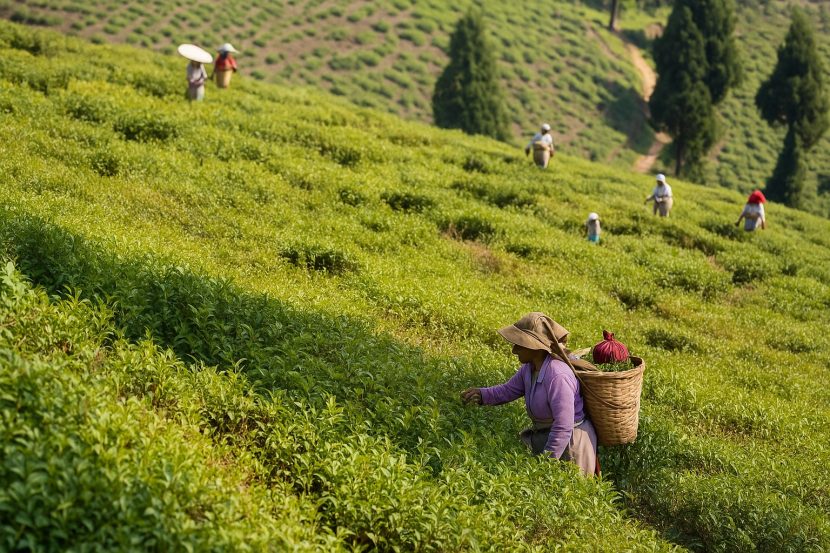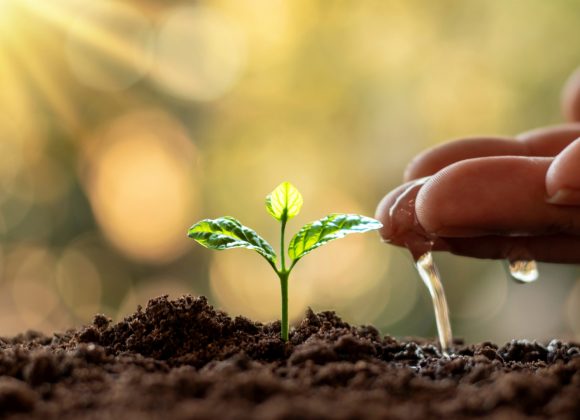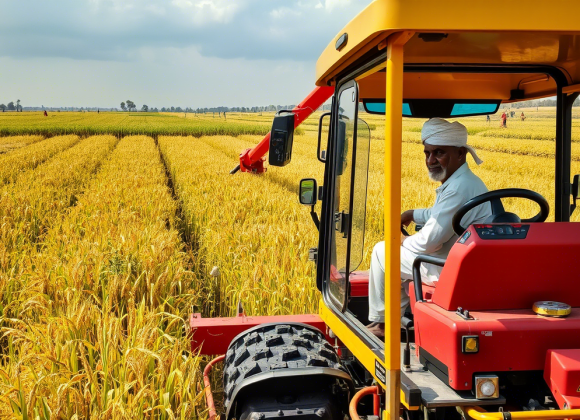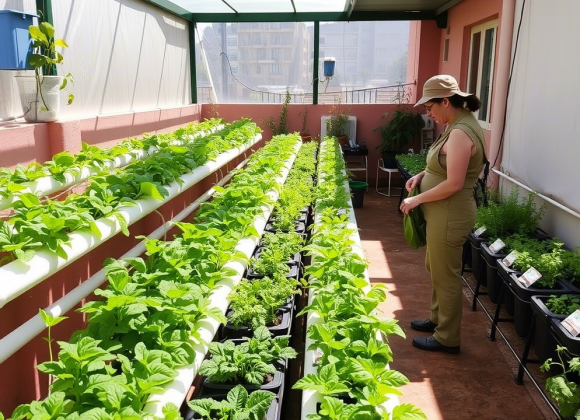Nestled in the foothills of the Eastern Himalayas, Darjeeling in West Bengal grows one of the world’s finest and most aromatic teas. Known as the “Champagne of Teas,” Darjeeling Tea stands out for its unique flavor and delicate muscatel notes. The region’s cool climate, rich soil, high altitude, and traditional farming methods give this tea its distinct character. But each fragrant cup comes from a careful and labor-intensive process. Farmers rely on age-old techniques, sustainable practices, and a deep bond with the land.
In this blog, we explore the tea cultivation methods that have shaped Darjeeling’s tea heritage. Discover how nature, tradition, and innovation combine to create this globally celebrated brew.
Why Darjeeling? The Perfect Place for Premium Tea
Darjeeling is perched at an altitude of 600 to 2,000 meters above sea level. The region’s temperate climate, rich loamy soil, sloping terrain, and cool foggy weather create ideal conditions for growing high-quality Camellia sinensis var. sinensis—the tea plant behind the legendary flavor of Darjeeling tea.

These unique geographic and climatic factors have earned Darjeeling Tea the coveted GI (Geographical Indication) tag, making it one of the few teas in the world protected by origin.
Cultivation Process: From Bud to Brew
1. Planting and Nursery Management
Darjeeling tea begins in carefully nurtured nurseries. Growers propagate young tea plants from high-yielding mother bushes and raise them in controlled environments until they’re strong enough for transplantation into hillside gardens.
They plant the bushes strategically along contour lines to reduce soil erosion. Farmers also intercrop shade trees like Albizia to shield young plants from harsh sunlight and wind.
2. Pruning and Maintenance
Tea growers prune bushes every year or every other year to maintain shape and encourage lateral branching. They perform this careful practice during the winter dormancy period. Skilled workers tailor each cut to promote new shoot growth—essential for producing the prized two-leaf-and-a-bud pluck.
3. Organic and Biodynamic Farming
Many of Darjeeling’s gardens now follow organic and biodynamic practices. Farmers eliminate chemical fertilizers and pesticides, instead using compost, cow dung, vermiculture, neem-based sprays, and green manuring with legumes. These methods help preserve soil fertility and protect the region’s fragile ecosystem.
The Makaibari Tea Estate stands out as a pioneer in biodynamic cultivation and sustainable farming, inspiring others across the region.
🔗 Read more about Makaibari Estate’s organic journey
Harvesting: The Flushes that Define Flavor
Darjeeling tea is harvested in multiple “flushes,” each offering a distinct flavor profile.
- First Flush (March–April): Known as the Spring Flush, this yields a delicate, floral, and slightly astringent tea with light liquor. It’s the most sought-after and expensive.
- Second Flush (May–June): This is where Darjeeling shines. The leaves develop the renowned muscatel flavor—rich, fruity, and complex.
- Monsoon Flush (July–September): Heavier rains result in stronger teas, often used for blends and CTC processing.
- Autumn Flush (October–November): Produces mellow, full-bodied teas, perfect for mild evening brews.
Hand-plucking remains the norm—only the top two leaves and a bud are chosen by trained tea workers, mostly women, whose expertise is vital in maintaining tea quality.
From Leaves to Liquor: Processing the Darjeeling Way
Once plucked, tea leaves undergo a careful, time-bound transformation:
- Withering: Workers spread the leaves on troughs under warm air or a natural breeze, reducing their moisture content by 30–40%.
- Rolling: They crush and twist the leaves to rupture the cells and expose enzymes, setting the stage for oxidation.
- Oxidation (Fermentation): Tea masters carefully control this step to develop flavor. Darjeeling teas undergo light oxidation—less than black teas, but more than green teas.
- Drying (Firing): They then dry the leaves to halt oxidation, preserve flavor, and reduce moisture to about 2–3%.
- Sorting and Grading: Finally, the team sorts the leaves into grades—whole leaf, broken leaf, fannings, and dust—each with distinct market value and usage.
Specialty Teas: Many estates also produce green, white, and oolong teas, each requiring different oxidation and firing techniques.

Challenges in Darjeeling Tea Cultivation
Despite its prestige, the Darjeeling tea cultivation industry faces significant challenges:
- Climate Change: Irregular rainfall and rising temperatures affect yield.
- Labor Shortages: Migration and inadequate wages have led to a decline in skilled tea workers.
- Land Fragmentation & Soil Depletion: Continuous monocropping and erosion require sustainable solutions.
- Market Pressures: Cheap substitutes and counterfeit labeling threaten authentic Darjeeling tea.
Organizations and tea boards are working to reinforce organic certification, promote fair trade, and introduce agroforestry and precision farming methods to overcome these hurdles.
Final Pour: A Brew Rooted in Tradition
Darjeeling tea is not just grown—it is crafted. Each cup you sip holds within it centuries of tradition, environmental harmony, and human devotion. From the mist-draped slopes to the careful hands that pluck the tender buds, the story of tea in Darjeeling is one of resilience, elegance, and taste.
So next time you enjoy a cup of Darjeeling tea, remember—you’re not just drinking tea. You’re savoring a living legacy.




